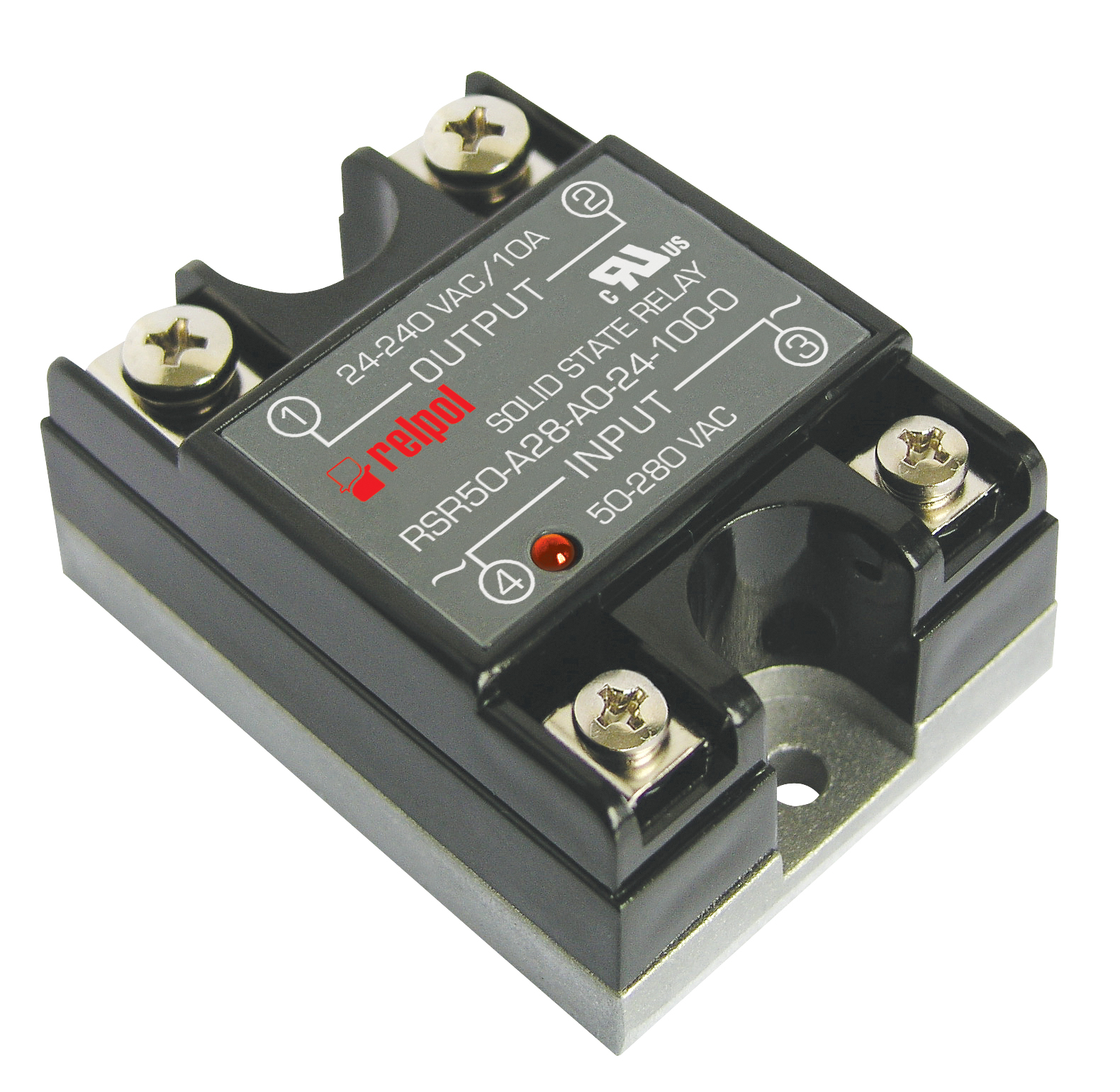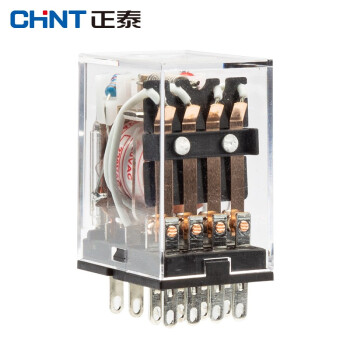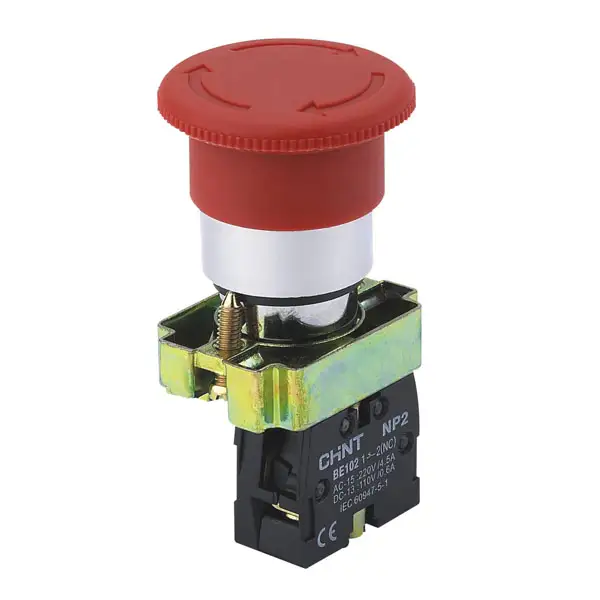SOLID STATE RELAY - Monika Engineers

SSRs consist of a sensor which responds to an appropriate input (control signal), an electronic switching device which switches power to the load circuitry, and a coupling mechanism to enable the control signal to activate this switch without mechanical parts. They may be designed to switch either AC or DC loads. Packaged SSRs use power semiconductor devices such as thyristors and transistors, to switch currents up to around a hundred amperes. SSRs have fast switching speeds compared with electromechanical relays, and have no physical contacts to wear out. SSRs are unable to withstand a large momentary overload the way an electromechanical relay can, and have a higher “on” resistance.
Product Description
SSRs consist of a sensor which responds to an appropriate input (control signal), an electronic switching device which switches power to the load circuitry, and a coupling mechanism to enable the control signal to activate this switch without mechanical parts. They may be designed to switch either AC or DC loads. Packaged SSRs use power semiconductor devices such as thyristors and transistors, to switch currents up to around a hundred amperes. SSRs have fast switching speeds compared with electromechanical relays, and have no physical contacts to wear out. SSRs are unable to withstand a large momentary overload the way an electromechanical relay can, and have a higher “on” resistance.








Reviews
There are no reviews yet.